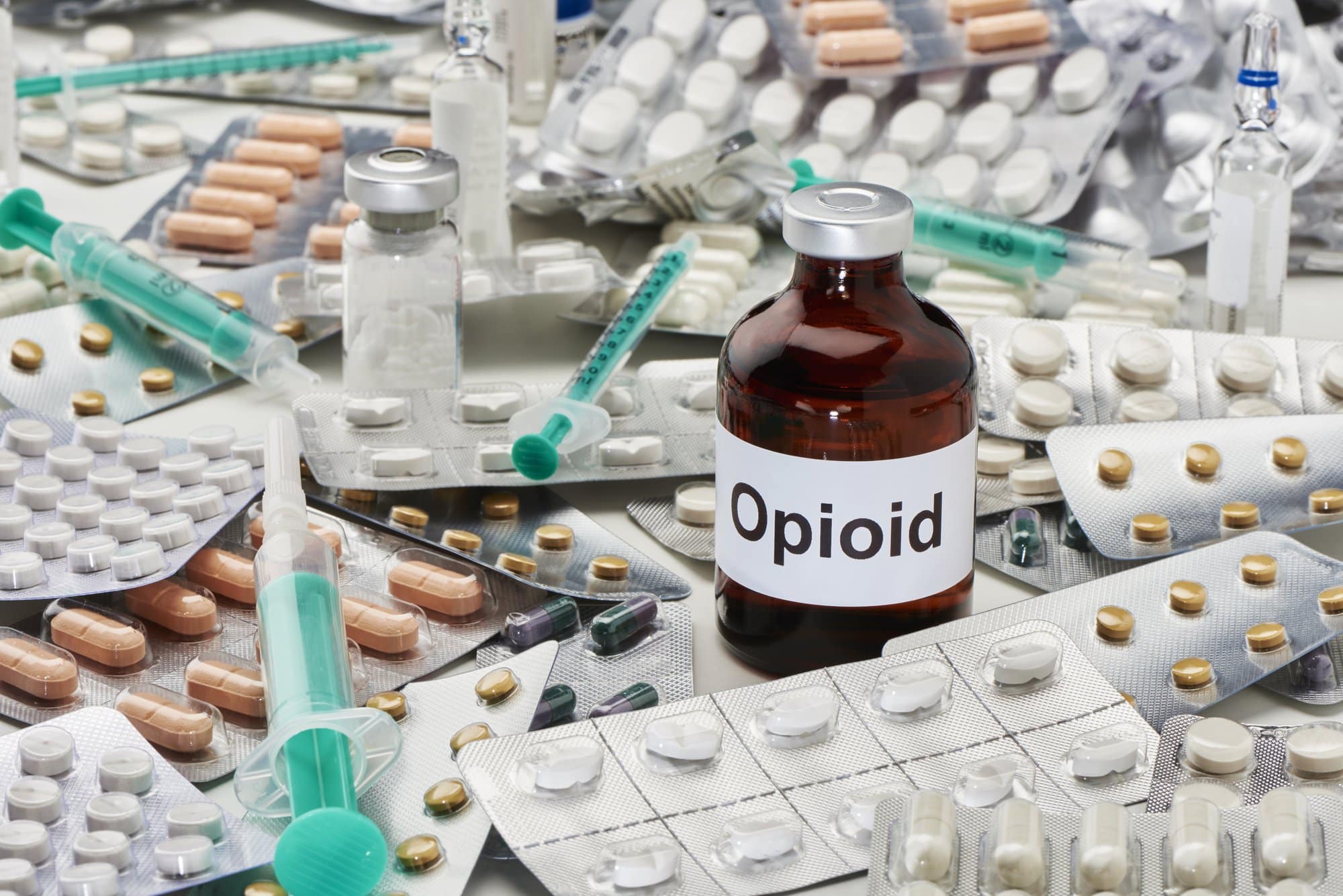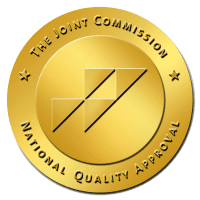Fentanyl, a potent opioid, has garnered significant attention due to its powerful effects and the risks associated with its misuse. But beyond its immediate impact, understanding the fentanyl half-life is crucial for those grappling with its implications.
How long does it linger in the system? What does its half-life mean for those taking the drug, and for those concerned about its side effects or potential for addiction?
In this article, we’ll delve deep into the concept of drug half-life, specifically focusing on fentanyl. If you’ve ever wondered about these things, this guide aims to provide clarity.
What Is Fentanyl?
Fentanyl is a synthetic opioid, initially developed to aid pain management in medical settings. It’s estimated to be up to 100 times stronger than morphine and even stronger than heroin. Due to its strength, it’s typically prescribed for patients dealing with severe pain, especially those who have built a tolerance to other opioids.
However, its potency is a double-edged sword. On the one hand, it can provide significant relief for patients in dire need. On the other, it has a high potential for misuse and can lead to fatal overdoses if not used correctly.
The drug operates by binding to the body’s opioid receptors. These receptors are found in areas of the brain that control pain and emotions. When fentanyl binds to these receptors, it increases the dopamine levels in the brain’s reward areas. These then produce a state of euphoria and relaxation.
But there’s more to fentanyl than its medical uses and potential for misuse. Its half-life, or the time it takes for the drug’s concentration in the body to reduce by half, plays a crucial role in how it’s metabolized and how long its effects can last.
As we delve deeper into the topic of fentanyl half-life, it’s essential to understand the broader context of drug addiction, the side effects of taking drugs, and the resources available for those seeking to break free from the chains of addiction.
Understanding Drug Half-Life
The term “half-life” refers to the amount of time it takes for the concentration of a drug in the bloodstream to decrease by half. It’s a crucial metric because it helps medical professionals determine how often a medication should be administered to maintain its therapeutic effects.
Imagine pouring a glass of water out halfway every hour. Initially, the reduction is noticeable, but as time progresses, the amount you’re pouring out becomes less and less, even though it’s always half of what remains.
Similarly, when a drug has a half-life of, say, four hours, it doesn’t mean the drug will be entirely out of your system in eight hours. Instead, after four hours, half of the drug remains; after eight hours, a quarter remains, and so on.
Why Does This Matter?
Understanding the half-life of a drug like fentanyl is crucial for several reasons. Knowing the half-life helps doctors prescribe the correct dosage and frequency to ensure patients receive consistent pain relief without risking an overdose.
If a drug is taken more frequently than its half-life, it can accumulate in the body, potentially leading to toxic levels. This is especially concerning with potent drugs like fentanyl.
The half-life can influence the onset of withdrawal symptoms. Drugs with shorter half-lives might lead to a quicker onset of withdrawal. While those with longer half-lives might result in more prolonged, but less intense, withdrawal symptoms.
The half-life can affect how one drug interacts with others. If two drugs with similar effects on the body have different half-lives, they can amplify each other’s effects if not timed correctly.
For those wondering how long will drugs stay in their system, the half-life provides a foundational answer. However, it’s essential to note that several factors can influence how long a drug remains detectable, including:
- Metabolism
- Age
- Health
- The type of drug test used
As we continue to explore the topic of fentanyl, it’s vital to understand its half-life in the context of drug addiction and the broader implications of drug use. This knowledge can empower individuals to make informed decisions about their health and seek appropriate treatment when needed.
Fentanyl Half-Life: The Details
Fentanyl, a synthetic opioid, is known for its potent pain-relieving properties. But with its power comes a need for caution, especially when considering its half-life and the implications for those taking it.
When we delve into the specifics of fentanyl’s half-life, several key points emerge.
On average, the half-life of fentanyl ranges between 3 to 12 hours. This means that after this period, half of the drug’s concentration will have left the bloodstream.
However, this can vary based on the method of administration. For instance, intravenous fentanyl might have a shorter half-life than a transdermal patch.
The body processes fentanyl primarily through the liver, and then it’s excreted in urine. Factors like liver function, age, and overall health can influence how quickly an individual metabolizes fentanyl.
Even after the drug’s concentration decreases in the bloodstream, fentanyl can still affect the body. This is because some metabolites might remain, potentially causing prolonged sedation or respiratory depression.
While the half-life gives an indication of how long the drug’s effects might last, it doesn’t necessarily correlate with how long the drug can be detected in the body. For those concerned about that, fentanyl can be detected in urine for up to 72 hours after use, and even longer in hair samples.
Fentanyl is more potent than many other opioids. This potency, combined with its half-life, underscores the need for careful dosing and monitoring.
Understanding the half-life of fentanyl is more than just a matter of pharmacology. For those struggling with drug addiction or those prescribed fentanyl for medical reasons, this knowledge is crucial.
It:
- Informs safe usage
- Helps prevent potential overdoses
- Provides a foundation for those seeking to understand opioid use and its implications
The Dangers of Taking Fentanyl
Fentanyl, while a powerful and effective painkiller, is not without its risks. Its potency, which is its main advantage in medical settings, can also be its most dangerous attribute when misused or abused.
As previously mentioned, fentanyl is much more potent than morphine and heroin. This means that even a small amount can cause a powerful effect, and an overdose can easily occur if not taken as prescribed.
Hazards Associated with Fentanyl
One of the most significant risks of opioids, including fentanyl, is respiratory depression. This is when breathing becomes shallow, irregular, or stops altogether. It’s the leading cause of death in opioid overdoses.
Given its potency, the risk of developing a drug addiction to fentanyl is high. Individuals might start using it for legitimate pain management but find themselves becoming dependent on its effects.
The illegal drug market has seen a surge in illicitly manufactured fentanyl. These variants are often mixed with other drugs, like heroin or cocaine, without the user’s knowledge. This increases the risk of overdose, as users might not be aware of the potent combination they’re consuming.
Stopping fentanyl suddenly can lead to severe withdrawal symptoms. These can include:
- Muscle and bone pain
- Sleep problems
- Diarrhea
- Vomiting
- Cold flashes
- Involuntary leg movements
Fentanyl can interact with other medications, leading to dangerous side effects. Combining it with alcohol, benzodiazepines, or other opioids can amplify the sedative effects, increasing the risk of respiratory depression.
Apart from the risk of overdose and addiction, fentanyl can cause side effects like:
- Nausea
- Constipation
- Confusion
- Sedation
- Hallucinations
For those considering or currently on a fentanyl prescription, it’s essential to be aware of these dangers. Regular check-ins with healthcare providers, understanding the correct dosage, and being aware of the signs of addiction or overdose can be lifesaving.
If someone suspects they or someone they know is developing a dependency on fentanyl, seeking immediate help is crucial. Remember, drug addiction is a complex issue, but with the right support and resources, recovery is possible.
Recognizing Fentanyl Addiction and Its Prevalence
The rise of fentanyl misuse has become a significant concern in recent years. While the drug serves a critical role in pain management for patients, its misuse can lead to severe consequences.
Delving into the statistics and patterns of addiction provides a clearer picture of the challenges posed by this potent opioid.
In 2020, approximately 356,000 people aged 12 or older misused prescription fentanyl products. This statistic does not account for those who consumed illicitly manufactured fentanyl, which is often mixed with other drugs and sold on the black market.
Fentanyl abuse statistics indicate that it was involved in 42,700 overdose deaths in 2020. This alarming number underscores the lethal nature of the drug, especially when taken in amounts exceeding therapeutic doses or when mixed with other substances.
In 2015, there were 6.5 million prescriptions for fentanyl written. However, by 2018, this number had decreased to 4 million, a 40% reduction over three years. This decline might be attributed to increased awareness of the drug’s addictive potential and the broader opioid crisis.
Many overdose deaths result from individuals unknowingly consuming fentanyl. It’s often mixed with other drugs, leading users to ingest it without realizing its presence and the associated risks.
Even a small amount of fentanyl can be lethal. Less than 0.007% of an ounce can cause a likely death. This minuscule amount highlights the extreme danger of fentanyl misuse and the importance of awareness and caution.
The statistics paint a grim picture of the challenges posed by fentanyl addiction. It’s crucial for individuals and communities to be informed about the risks associated with fentanyl and to take proactive measures to prevent misuse and its devastating consequences.
Fentanyl Addiction: Symptoms and Prevention
Fentanyl, like other opioids, can lead to physical dependence and addiction. Recognizing the signs of addiction early can be crucial for seeking timely intervention. Here’s how to:
- Identify a fentanyl addiction
- Understand its unique characteristics
- Take steps to prevent dependency
The physical symptoms include:
- Constricted pupils
- Drowsiness or nodding off
- Slowed breathing
- Itching or flushed skin
- Nausea or vomiting
You may also notice some behavioral changes. These can include:
- Isolating from friends and family
- Neglecting responsibilities and personal hygiene
- Seeking out fentanyl even when not medically needed
- Using more than the prescribed dose
- Doctor shopping or seeking multiple prescriptions
And finally, the psychological indicators include:
- Increased anxiety or paranoia
- Mood swings
- Difficulty concentrating
- Obsessive thought about obtaining and using the drug
While many symptoms of fentanyl addiction mirror those of other opioid addictions, fentanyl’s extreme potency can lead to more pronounced effects. One of the major things to look for is a rapid development of tolerance. Users need to consume more of the drug to achieve the same effects.
There is also a high risk of overdose. This is due to the drug’s strength and the narrow margin between a therapeutic dose and a lethal one.
Finally, the withdrawal symptoms that come with fentanyl are much more severe compared to other opioids.
Preventing Dependency When Prescribed Fentanyl
It’s imperative to take fentanyl strictly as prescribed. This means resisting the urge to take larger doses or use it more frequently than directed. If you have any concerns or experience side effects, maintain open communication with your healthcare providers.
It’s vital to convey if you feel the medication isn’t achieving its intended effect or if you’re battling cravings. While fentanyl can be an effective pain management tool, it should be used for the shortest duration possible.
If you’re on this medication, collaborate with your doctor to devise a plan for gradually reducing the dose and potentially exploring other pain management alternatives.
Navigating the Complexities of Fentanyl Half-Life and Addiction
Understanding the fentanyl half-life is more than just a matter of pharmacology; it’s about recognizing the broader implications of this potent drug in our society. The duration fentanyl remains in the system, combined with its powerful effects, underscores the need for caution. Addiction can be overwhelming, but it’s crucial to remember that help is available.
If you or a loved one is grappling with fentanyl addiction or any other substance abuse, Purpose Healing Center is here to assist. With a comprehensive approach to recovery and collaboration with AHCCCS, they offer tailored programs to guide individuals toward a healthier, drug-free future.
Don’t wait; reach out to Purpose Healing Center today and start on the path to recovery.



